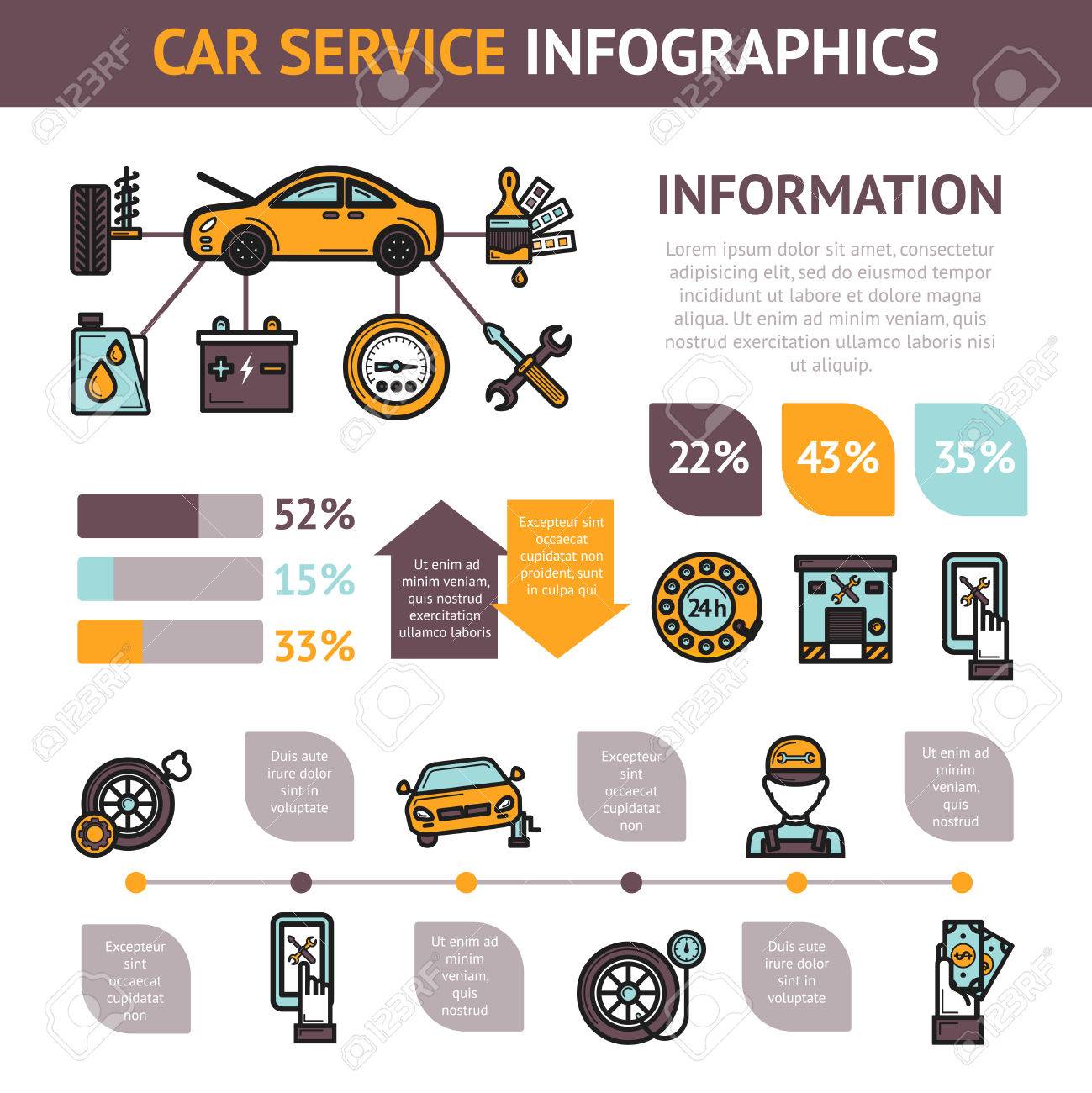Wondering Regarding The Meaning Behind Those Control Panel Warning Lights? Gain Insights Into Their Implications For Your Automobile'S Safety And Security And Upkeep
Wondering Regarding The Meaning Behind Those Control Panel Warning Lights? Gain Insights Into Their Implications For Your Automobile'S Safety And Security And Upkeep
Blog Article
Content Author-Faulkner Torres
When you're behind the wheel, those glowing caution lights on your control panel can be a little bit bewildering. Do you recognize what they're trying to tell you about your cars and truck's health? Understanding the significance of these lights is essential for your safety and the durability of your vehicle. So, the next time one of those lights appears, would not you intend to understand its message accurately and take the required steps to address it?
Common Warning Lights and Interpretations
Recognize common caution lights in your automobile and recognize their meanings to ensure secure driving.
One of the most typical caution lights consist of the check engine light, which indicates issues with the engine or discharges system. If this light begins, it's important to have your vehicle checked promptly.
The oil pressure advising light suggests reduced oil stress, needing immediate attention to prevent engine damages.
A flashing battery light may suggest a malfunctioning charging system, potentially leaving you stranded if not attended to.
The tire pressure monitoring system (TPMS) light notifies you to low tire pressure, affecting car stability and fuel efficiency. Overlooking please click the following internet page might cause risky driving problems.
The abdominal light shows an issue with the anti-lock braking system, endangering your capability to stop promptly in emergency situations.
Lastly, the coolant temperature level warning light warns of engine overheating, which can cause extreme damage otherwise fixed promptly.
Comprehending these typical caution lights will help you address problems promptly and maintain risk-free driving problems.
Significance of Prompt Focus
Comprehending the common warning lights in your automobile is just the initial step; the significance of immediately resolving these cautions can not be stressed sufficient to ensure your safety and security when driving.
When a caution light illuminates on your dashboard, it's your automobile's means of interacting a potential issue that needs focus. Overlooking these warnings can lead to extra extreme troubles in the future, endangering your safety and potentially costing you a lot more in repairs.
boat wash down to advising lights can avoid malfunctions and mishaps. For instance, a blinking check engine light can show a misfire that, if left ignored, could create damages to the catalytic converter. Resolving this promptly can save you from an expensive repair.
Similarly, a brake system warning light could signify low brake fluid or worn brake pads, critical components for your security when driving.
Do It Yourself Troubleshooting Tips
If you observe a warning light on your control panel, there are a few DIY troubleshooting pointers you can attempt prior to seeking professional assistance.
The first step is to consult your cars and truck's handbook to understand what the specific caution light indicates. Often the issue can be as straightforward as a loosened gas cap activating the check engine light. Tightening up the gas cap may settle the trouble.
One more usual concern is a reduced battery, which can trigger different warning lights. Checking the battery connections for corrosion and ensuring they're secure could repair the problem.
If a caution light lingers, you can attempt resetting it by disconnecting the cars and truck's battery for a few minutes and afterwards reconnecting it. Furthermore, examining your car's liquid degrees, such as oil, coolant, and brake liquid, can help fix advising lights related to these systems.
Conclusion
To conclude, recognizing your cars and truck's caution lights is crucial for keeping your vehicle running efficiently and safely. By without delay addressing these alerts and recognizing what they suggest, you can prevent expensive repair services and prospective break downs.
Remember to consult your car's guidebook for particular details on each warning light and do something about it as necessary to make certain a trouble-free driving experience.
Remain educated, remain safe when driving!
